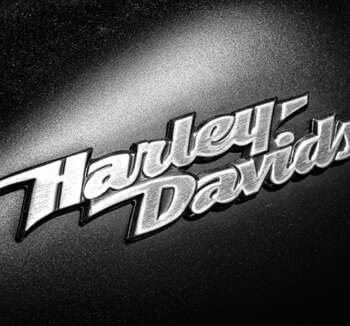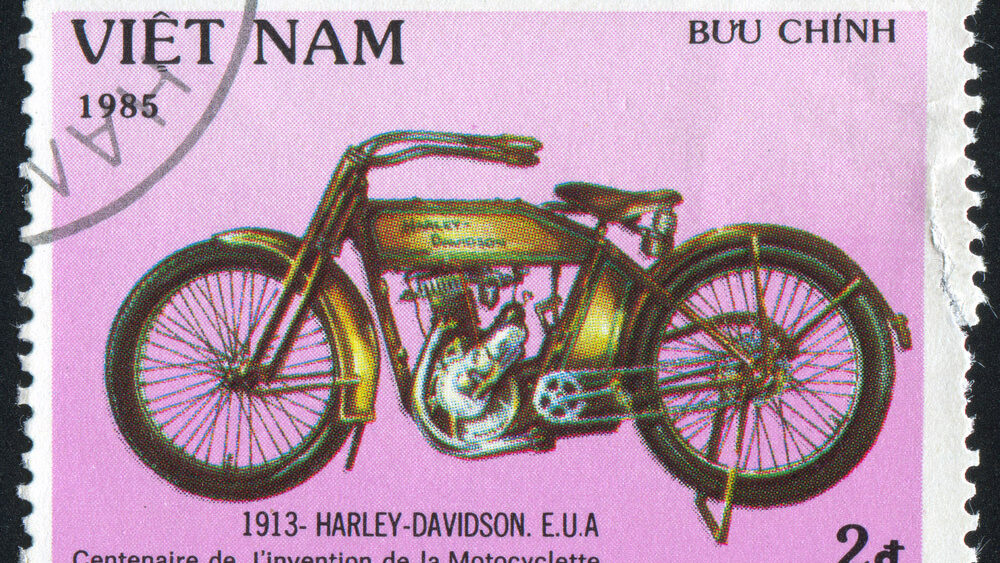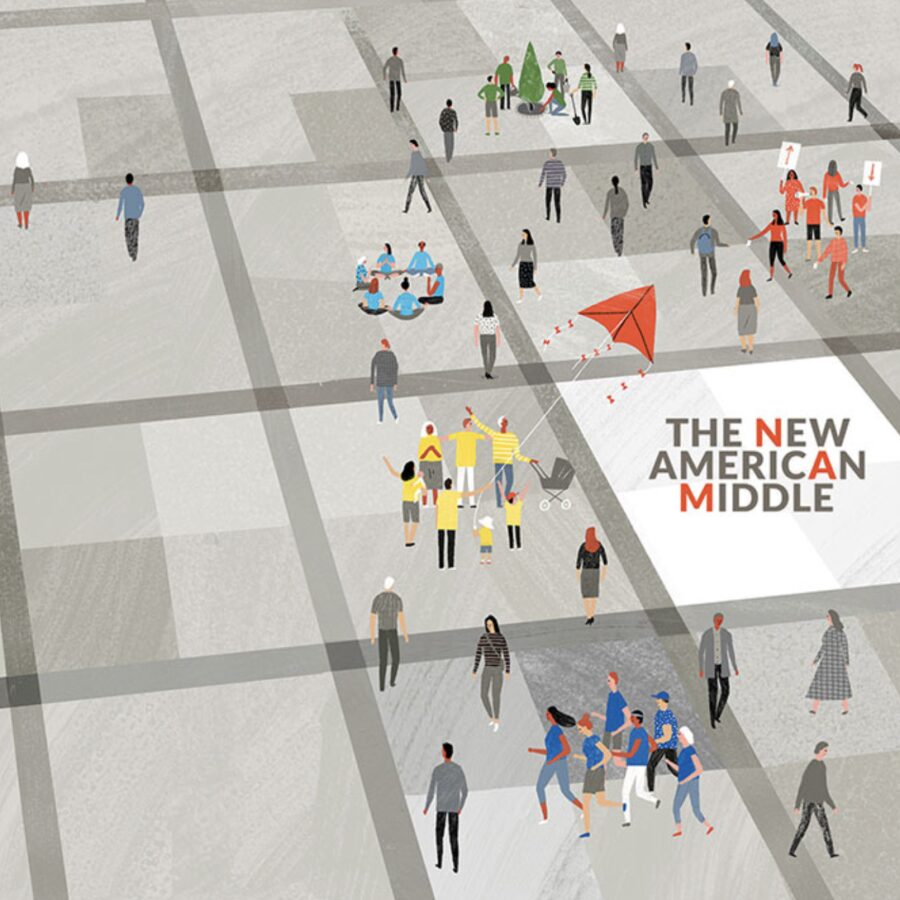For decades, Harley-Davidson has been the bike of the outlaw, the rebel, the iconoclast and the sort of guy who’d likely punch you after misunderstanding your use of the word “iconoclast.” In Hollywood movies, Harleys have always been the bikes of the antihero and of the irresistible villain.
In the ’60s, Honda tried to combat Harley-Davidson with the slogan “You meet the nicest people on a Honda” — the implication being that you don’t meet any nice people on Harleys. It was the advertising equivalent of forbidding your teenage daughter from dating the high school bad boy. In short, it may have sold more Harleys than Hondas.
While no other motorcycle manufacturer enjoys the instant name recognition of Harley-Davidson, it’s also true that the recession hit Harley harder than it did any other motorcycle brand.
On Brand, But Off Market
According to the Interbrand Agency, Harley-Davidson’s brand value dropped 43 percent in 2009, on the heels of a 66 percent drop in company profits in two quarters in 2008.
Harley’s problems weren’t limited to vicissitudes in the global economy. As it turned out, Harley’s image alienated a lot of people, especially women.
“They created a brand and it worked well for them,” Efraim Levy, an analyst at S&P Capital IQ, told me in a phone interview. “But the market has diversified, and they have to grow their reach beyond that core constituency.”
Whether intentional or accidental, the role of women in the world of the Harley-Davidson motorcycle has until recently been largely limited to that of adornment or calendar model.
But women riding on the backs of motorcycles purchased by men have no effect on Harley-Davidson’s profits. So Harley-Davidson began to woo women directly with “Garage Parties,” which many have likened to Tupperware parties.
Pricing for Future Premium Customers
At these Garage Parties, women are taught the basics and nuances of owning and riding motorcycles. Harley also added a section devoted to women riders to its website and introduced two new bikes in 2014 that were designed with the female rider in mind: the Street 500 and the Street 750.
The bikes are sleek and black and probably haven’t “made much of an impression on the two demographics most people envision on a Harley, burly Hells Angels and doughy guys with receding hairlines and advancing midlife crises.” (Blame Kyle Stock of Bloomberg Business for that assessment, not me.)
Bikes in the street series are not only sleeker than traditional Harleys, but they are also cheaper.
“They’re trying to target the low-income consumer and the female consumer,” Levy said. “They don’t want to give up the low-end market. It’s great to have the premium segment. But a lot of your future premium customers — whatever demographic they are — start off with lower-priced vehicles and they graduate to more expensive, feature-rich bikes.”
Targeting a New, Younger Customer
An unheralded truth about Harley-Davidson, Levy said, is that the company is making design concessions on its more traditional products that reflect certain inevitabilities of the march of time. “They’ve even begun making some adjustments on some of the bikes so that they will be more comfortable for older people, without being obvious that what they’re trying to do is accommodate seniors.”
Darrin Duber-Smith, lecturer in marketing at Metropolitan State University of Denver, said it is tough for any brand as venerable as Harley-Davidson to remain relevant across generations.
“The millennials,” he wrote in an email to me, “between 16 and 35 years of age, have been a rather fickle bunch. These folks describe themselves as not wanting things but rather experiences. A Harley is not only a thing but one that appealed to their grandparents. Also, they can’t really afford such a luxury.”
Michael A. Levin, associate professor in the marketing department at Otterbein University in Ohio, wrote in an email that he thinks Harley-Davidson has had measurable success in its attempts to reach female customers: “In a 2013 Mintel market report, of the 299 female motorcycle owners surveyed, 33 percent reported owning a Harley-Davidson motorcycle,” Levin wrote. “That percent appears as tops among motorcycle brands for women.”
Harley-Davidson Has the Brand Image, but Not the Model Inventory
Here’s where the other motorcycle brands have a significant jump on Harley-Davidson: They’ve been making smaller, cheaper bikes for years. “H-D lacks the model coverage that Honda offers,” Levin wrote. “Name a type of motorcycle (e.g., dirt, cruiser, racer, etc.), Honda sells it. Harley-Davidson cannot match Honda’s product mix. As a result, H-D cannot attract female buyers who are looking beyond a cruiser.”
Of course, no other motorcycle manufacturers have Harley-Davidson’s brand image, according to Levin. He believes that there are more women out there who are turned on by the brand than turned off by it — but Harley-Davidson may not be doing enough to reach them.
“H-D’s garage party is a terrific start,” he wrote. “Women gather in one setting to learn about H-D motorcycles, how to ride a motorcycle, etc. It is a good start. There needs to be more though. Triumph and BMW are also competing for female riders.”
It is telling, Levin continued, that the company only mentioned “female riders once in its annual report and not at all in its 10-K filing.”
“If female riders were that important or a significant source of sales,” he wrote, “then the annual report should mention this customer segment more. Indeed, its financial reports discuss international sales more than sales to female riders.”
Harley-Davidson’s Wild Future
The most recent financial news about Harley-Davidson is not so hot. Forbes magazine said on its website in May that the strength of the U.S. dollar abroad “took a toll on the financials of many large American companies, including Harley-Davidson.”
Domestically, Forbes said, Harley-Davidson has struggled due to “trouble in speeding up the rollout of the lighter weight bikes, Street 500 and Street 750, and the unavailability of the Road Glide model in the first half of last year.”
Forbes said it expects international markets to drive growth for Harley-Davidson going forward, but “the company is still heavily dependent on the U.S. and needs volumes to rebound in the domestic market, to get back on track.”
Harley-Davidson may have been born to be wild, but it will only fully thrive when it is able to truly transcend general motorcycle cliches and embrace its most recent customer: the female rider. Then the iconic brand will be well on its way.
Photos: Shutterstock




